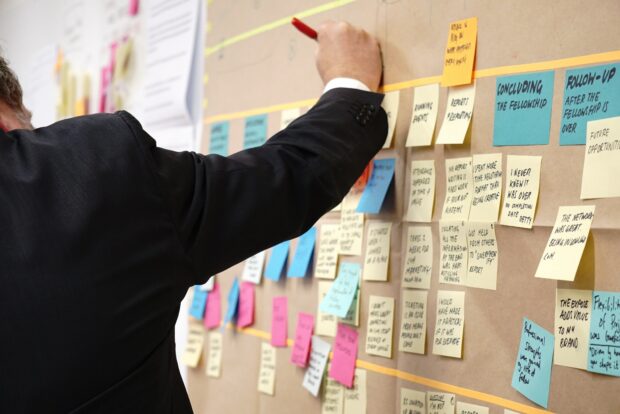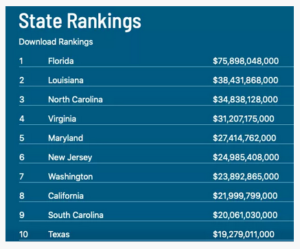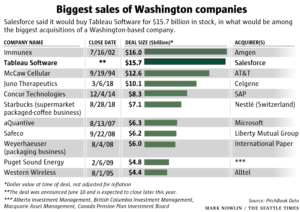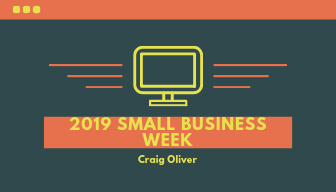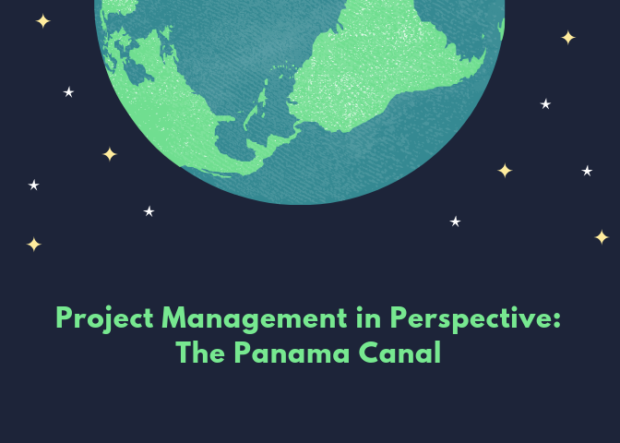Project Management in Action
Earlier this month I had the pleasure of volunteering at a meaningful event held by PMI (Project Management Institute) Metrolina Chapter for members of the military who are about to transition into civilian life. The 3rd Annual Veterans Transition & Skillfest Event serves as outreach to military personnel from the Fayetteville area interested in learning about career paths and certifications in project management.
This is a great event which provides networking and education to military members who are about to transition into civilian life. This event also centered on some of the connections between the military and project management including a look at some of the historic additions made to the project management world by the military. One of the most significant lasting contributions from the military world on project management was the construction of the Panama Canal, which was a decades long project that including death, corruption, innovation, uncertainty, and finally triumph.
Historical Foundation of Project Management
The discussion of the Panama Canal project and other important historical projects including the D-Day Invasion was a central theme of the keynote speech given by Jay Hicks. Hicks is a Florida based author of a series of books on military transition including The Transitioning Military Project Manager. The aspect of his presentation which I found most meaningful was centered on the historic relationship between planning effective projects and the military.
I believe looking to the past is a good way in understanding the underlying values of a topic. This is true in project management which is used across industries and has a foundation in the US Military. To understand the value that project management can add to an organization understanding from past projects and noting lessons learned from these past projects is one of the best ways to enhance project management terms.
This can be used by those looking to get started in the project management field, amateur historians interested in learning more about history, and those interested in gaining a better understanding about geopolitics. I am interested in all of the above areas so the chance to write and share some of this history is something I find to be intellectually delightful. So, let’s venture to the Isthmus of Panama and see how the improbable connection of the Atlantic and Pacific Ocean forever changed the world.
A Complex Project
The military undertook some of the most complex projects of the 20th century under the leadership of effective project planning and effective execution. Of all these projects the Panama Canal project which was completed under the direction of the Army Corp of Engineers stands as one of the most important.
The Panama Canal and Project Management
The most significant contribution to the world of project management from the Panama Canal project was the construction of the first work breakdown structure (WBS). This is a concept that is central to the core of operating and maintaining projects under budgetary and time constraints. In the century since this project, practitioners around the world have implemented WBS into projects across the world to deconstruct the cost and schedule of a project into manageable pieces to best accomplish the project. By reframing the project into many pieces which need to be accomplished to reach the final goal the schedule of the project can better be handled, and the cost structure become more manageable. Over a century after the project began the WBS is still a major tenant of project management across industries showing the value that this adds to constructing and operating efficient projects.
The French Experiment
The French undertook the first attempt at constructing a canal across the Isthmus in the 1880s and was highlighted by corruption and ineffective project execution. The rampant spread of illness was a main factor behind the reason that the project was forced to be abandoned. In addition to this corruption, poor execution led to the halting of construction in 1889. The human cost of this ineffectiveness was massive with over 20,000 deaths. While the main factor behind the failed project was illness it was exacerbated by poor management. Although few projects will fail this spectacularly the understanding that projects often fail because of a range of factors which are made worse by ineffective leadership. The takeaway from this is that understanding that poor leadership is never the singular cause of a failure but can make shortcoming become more extreme and can lead to setting up a project for failure from the beginning.
The American Experiment
The history of this project tells a compelling story about a project on a massive scale which provided many technological innovations and helped propel the US onto a platform as a world leader during the 20th century. It is hard to believe but through the early 20th century the US was still seen as a minor player on the global stage with a few colonial holdings. By constructing the canal, the US was able to stand out as the undoubted leader of the western hemisphere and allow the US to shape the politics and international relations of a complex century.
By the time of the presidency of Theodore Roosevelt the ideas of constructing some type of canal across Central America dated back hundreds of years. The initial thoughts of construction on a canal began during the Colonial period of the 1600s and marked one of the first global projects undertaken by the US. This period was historically important as the US expanded onto the global stage during this era and the construction of the Panama Canal proved the leadership and effectiveness of American execptionalism. The success of the project centered on the ability to shift and build off the failures of the French project.
The first year of construction by the Americans appeared like the French project with high turnover rates and major financial losses. Eventually, the arrival of a new chief engineer, John Stevens led to a unique approach to the construction by not building but by building up the surrounding infrastructure of the construction zone beginning with eradicating the diseases which were so rampant. This major undertaking occurred by bringing in Dr. William Gargas who had previously worked to eradicate yellow fever in Cuba.
Creating Infrastructure
By spraying chemicals in the Panamanian jungle, the threat of diseases from mosquitoes was mitigated allowing for the work to begin on the supplemental infrastructure needed to complete the construction of the canal. Towns grew from the jungle as swamps were drained and critical infrastructure was completed. By breaking the project into manageable steps, the scope of the project grew from merely building a canal to limiting the factors which caused illness and creating the infrastructure needed for success. By repositioning what work was necessary to be undertaken the Panama Canal was able to be completed. This success shows the importance of planning for the intermediate steps and understanding that changes in the project will strengthen end results and overall efficiency of the project.
To understand the impressive feat the Americans accomplished by finishing this project it is important to examine the long and complex history surrounding the construction of a canal. A good place to take a further look is the attempt by the French to construct a canal decades before the Americans undertook a similar plan. This endeavor provides an example of the complexities of building a canal and some common themes that stand in the way of effectively executing a project to completion including rampant corruption.
Final Thoughts
With such a strong history the military and project management have gone hand in hand for generations. Long before the corporate world adopted project management the military was utilizing complex projects under quasi project management offices from the Army Corp of Engineers as they constructed the Panama Canal during the early 20th century. The addition of the work breakdown structure (WBS) allowed this complex construction project to be deconstructed into a series of manageable tasks along the course of the project.
The completion of the Panama Canal stands as one of the greatest engineering accomplishments of all times. Combine this with the timing of the completion of the project as the US ascent on the international stage highlights the value that effective project management had in this historic event. The opening of the canal was overshadowed by World War I and the spread of conflict in Europe. The completion of the Panama Canal meant that the Americans had made the steps to enter the top of the world stage influencing geopolitics and forever altering Central America.

